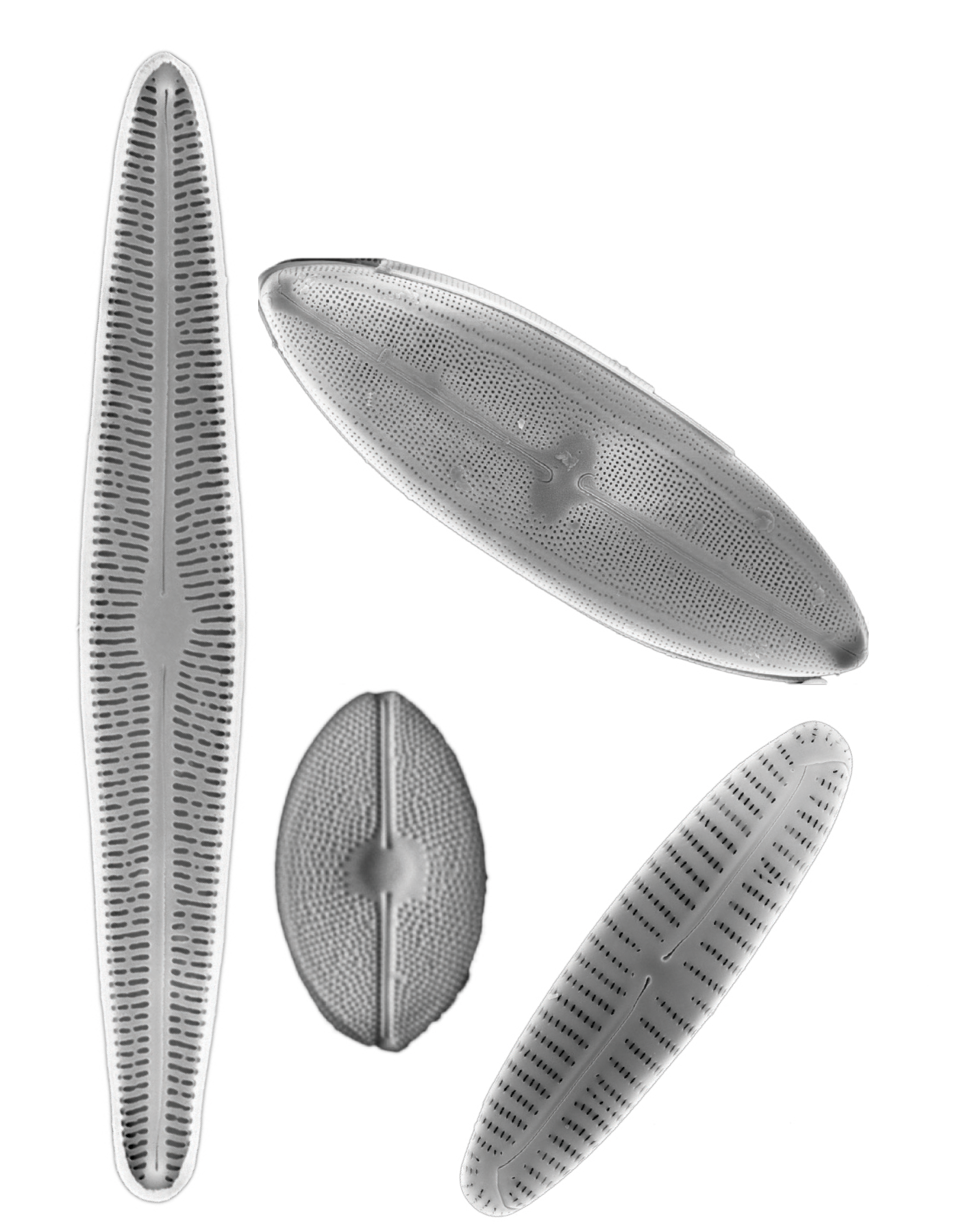Scientists from Drexel and the Academy of Natural Sciences of Drexel University regularly discover, describe and pen new species into the catalog of life on Earth. Here are some of the most recent — from the slimy to the winged to the squirmy and microscopically beautiful — that have made their way into the scientific record.

Seven New Snails in the Thala Genus
Snails can speak to scientists from beyond the grave. Some snail species, including most in the genus Thala, are known to science primarily through the characteristics of their shells, found after the living animal inside the shell has died and decayed. In 2014, seven new species were described by Academy scientists including Gary Rosenberg, Pilsbry chair of malacology and a professor in the College of Arts and Sciences. Rosenberg and his collaborators described the seven new species based on observing the shells under a dissecting microscope before using scanning electron microscopy (SEM). The SEM showed them that the tiny microstructures of the shells can be unique to different species.

Stonewort — Tolypella ramosissima
Rick McCourt, associate curator of botany at the Academy of Natural Sciences and a professor in the College of Arts and Sciences, was part of the team that named a new species of stonewort (a type of algae) from Colorado. The team named the stonewort Tolypella ramosissima, which means “little forceful one with many branches.”

Thorny Catfish — Nemadoras cristinae
Nemadoras cristinae entered the scientific record as a result of a collaborative effort by the world’s four top authorities in thorny catfishes, or doradids: Mark Sabaj Pérez, collection manager of ichthyology at the Academy; Mariangeles Arce Hernandez, a postdoc at the Academy; and Brazilian scientists Leandro M. Sousa and José L. O. Birindelli. Sabaj Pérez and other Academy ichthyologists have worked extensively on studies of fish of the Amazon basin, including a major NSF-funded project to document the biodiversity of fishes in the Xingu River before and after the installation of the Belo Monte dam.

Crane fly — Heterangaeus mongolicus
Crane flies are an extremely diverse group of insects. About 15,000 species are known, and scientists estimate there may be about 10,000 more species not yet described. Two new species are now known to science thanks to the efforts of crane fly expert Jon Gelhaus, curator of entomology at the Academy and a professor in the College of Arts and Sciences, and his collaborators. In 2014, Gelhaus described the crane fly species Heterangaeus mongolicus (pictured) and Trentepohlia inexpectata, both from north central Mongolia. The discovery was one of many as part of the NSF-funded Mongolian Aquatic Insect Survey project that Gelhaus leads.

78 new Grasshoppers
In 2014, 78 new grasshopper species including this one (Philocleon azumai) were added to the list of known species by Dan Otte, world expert on crickets and grasshoppers and entomologist at the Academy of Natural Sciences of Drexel University. Otte is also an expert in time management — 55 of those new species were new African grasshopper species added to the world list on Dec. 31, 2014.

New Diatom Species
A diatom is an incredible storyteller packed into a tiny package not visible to the naked eye. These microscopic, single-celled plants live in waterways worldwide and can tell scientists a lot about the conditions of the environment. Marina Potapova, assistant curator of diatoms at the Academy and an assistant professor in the College of Arts and Sciences, is one of the world’s top authorities on diatoms. In 2014, 13 new species were added to the scientific record with Potapova’s help.
